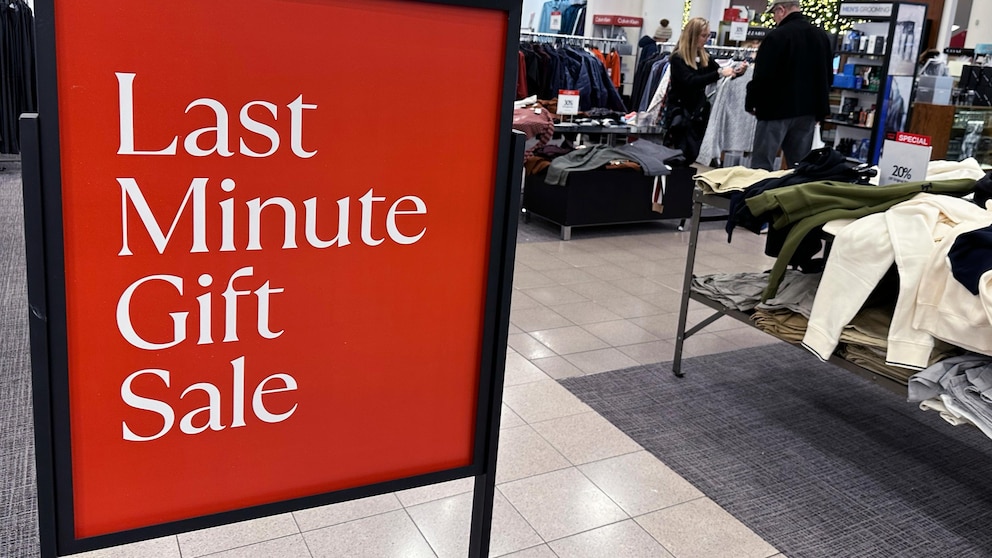NEW YORK — Retailers are stepping up sales and other enticements in the final days before Christmas to lure shoppers who’ve been waiting for the best deals, or who didn’t have the time or the urge to wrap up gift-buying early.
Incentives to spend last minute are an extension of ongoing efforts by stores to keep shoppers engaged, an effort that began as early as October this year. Some retailers have put goods on clearance racks and shelves before the holiday to lure bargain hunters. Michaels, the arts and crafts chain, trimmed prices on holiday trees by up to 75% on Dec. 15, cuts that would typically arrive the day after Christmas.
“I think this is a more challenging year than if you looked across the last decade of Christmases,” said Amanda Rassi, senior vice president and chief marketing officer at Michaels. “But overall, we’re happy with how it’s come in.”
There had been rising concern among retailers leading up to the holiday about the willingness of Americans to spend as credit card debt and delinquencies rose and savings fell. The latest report on the Federal Reserve’s favored inflation gauge, issued Friday, shows prices are easing. But prices are still higher at restaurants, car shops, or for things like rent. Consumers, however, unexpectedly picked up their spending from October to November as the holiday season kicked off, underscoring the power of shoppers despite higher costs.
Retail analysts expect overall sales will grow at a slower pace than last year, and there is concern over how shoppers are paying for things. More are using “buy now, pay later plans this holiday season. Adobe Analytics predicts a nearly 17% surge this season. That may be good for retailers in the short term, but some shoppers may end up saddled with more debt than they had planned.
Emily Irwin, senior director of advice for Wells Fargo, also noted higher interest rates on credit card this year will also add to financial stress for some families and said people should pay off credit cards when they come due in January if possible.
“It’s not a deal if you can’t pay for it in January,” she said.
The National Retail Federation, the nation’s largest retail trade group, expects U.S. holiday sales will rise 3% to 4% November through December. That’s lower than last year’s 5.4% growth but more consistent with typical holiday spending, which rose 3.6% between 2010 and 2019 before the pandemic skewered numbers.
Adobe Analytics expects U.S. online holiday sales…
Click Here to Read the Full Original Article at ABC News: Business…

